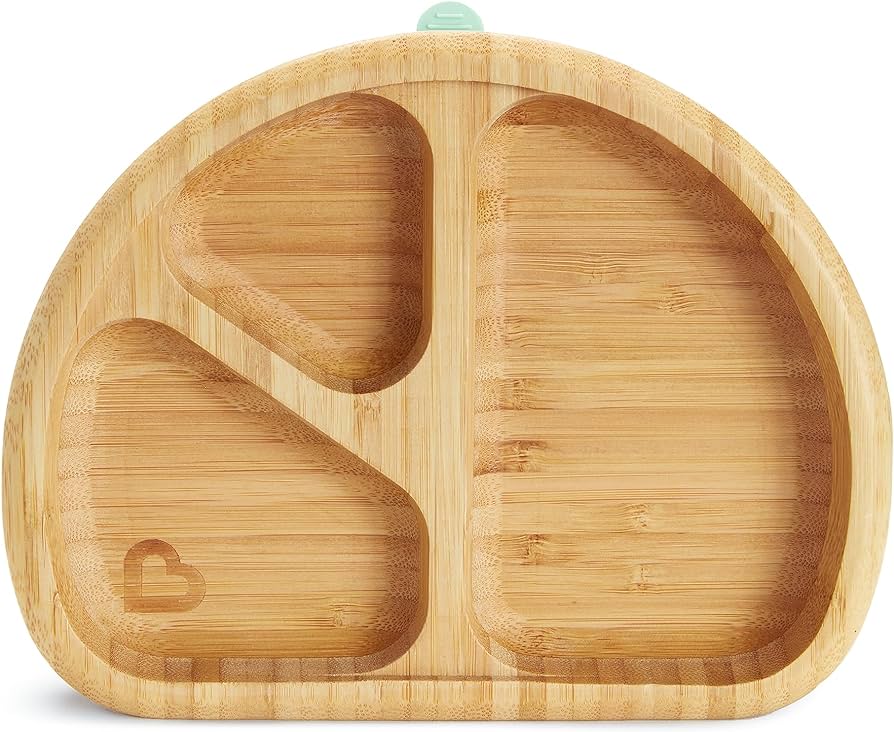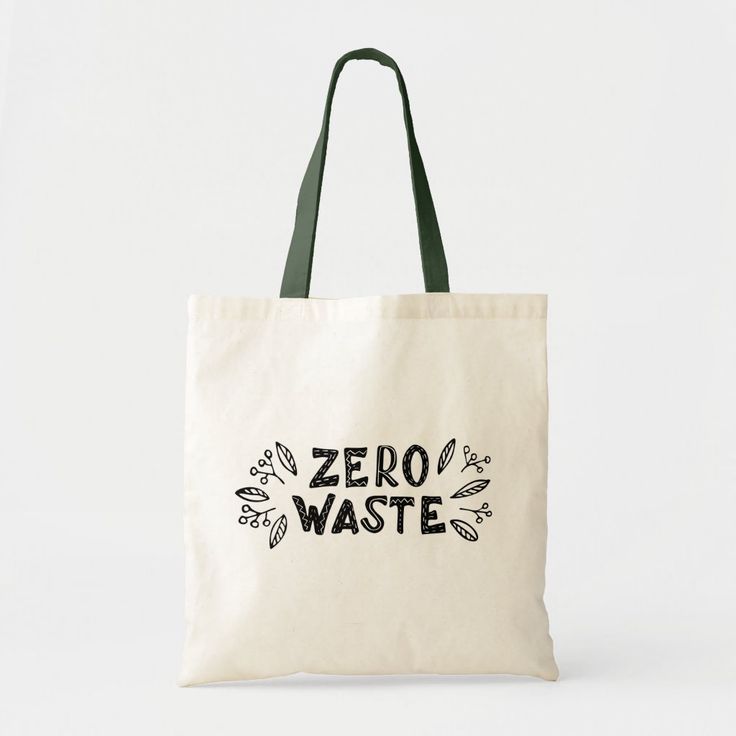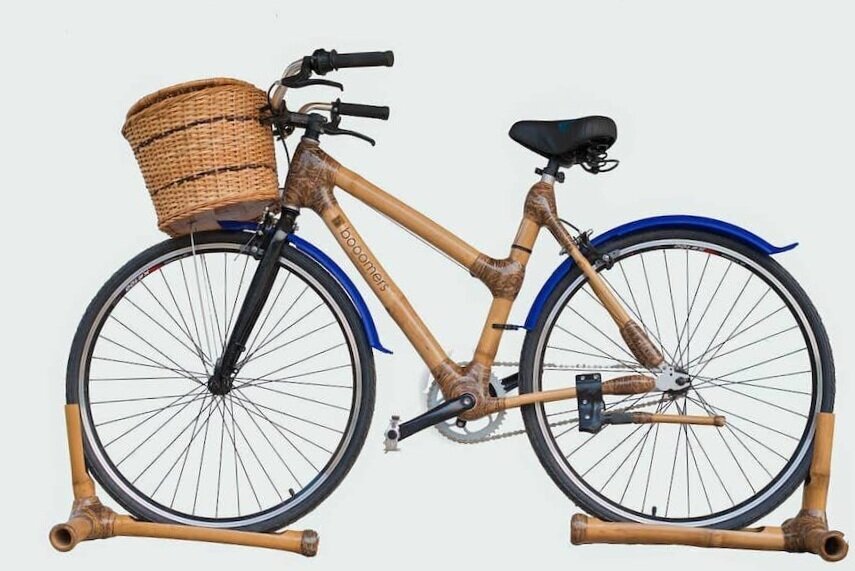
In today's world, where environmental concerns are at the forefront of our minds, finding practical solutions to reduce our carbon footprint is essential.
One ingenious tactic that has gained popularity is the art of second-hand shopping. By embracing this approach, we not only minimize waste but also contribute to a more sustainable future.
In this article, we will explore eleven ingenious zero waste living tactics, with a focus on second-hand shopping, that can help us make a positive impact on the planet.
Reusable Products
Reusable products offer a sustainable alternative to single-use items, reducing waste and environmental impact. When it comes to fashion, opting for reusable clothing not only helps reduce textile waste but also allows individuals to express their personal style through innovative and eco-friendly choices. Reusable fashion includes items such as second-hand clothing, vintage pieces, and clothing made from recycled materials. These options not only contribute to a circular economy but also allow individuals to be more conscious of their environmental footprint.
In addition to fashion, upcycled furniture is another way to embrace reusable products. Upcycling involves transforming old or discarded furniture into new and functional pieces, reducing the need for new materials and minimizing waste. It provides a creative and sustainable solution to revamping living spaces while also reducing the environmental impact of furniture production. By choosing upcycled furniture, individuals can not only express their unique style but also contribute to a more sustainable and eco-friendly lifestyle.
Reusable fashion and upcycled furniture are just a few examples of how embracing reusable products can help us make a positive impact on the environment while still enjoying the freedom of expressing our personal style.
Composting
One effective method for reducing food waste and minimizing your carbon footprint is through the practice of composting. Composting is the process of decomposing organic materials, such as food scraps, yard waste, and paper, to create nutrient-rich soil. By composting, you not only divert waste from landfills but also create a valuable resource for your garden or plants.

Here are four benefits of composting and some methods to get started:
- Reduces methane emissions: When organic waste decomposes in landfills, it produces methane, a potent greenhouse gas. Composting at home eliminates this emission.
- Improves soil health: Compost enriches the soil, improving its fertility, structure, and water-holding capacity.
- Saves money: Composting reduces the need for chemical fertilizers and soil amendments, saving you money on gardening expenses.
- Encourages sustainable practices: Composting aligns with the principles of sustainability, promoting a circular economy and reducing reliance on synthetic products.
To start composting, you can use a compost bin or create a pile in your backyard. Remember to balance the carbon-to-nitrogen ratio, turn the compost regularly, and keep it moist. With these simple methods, you can minimize waste, enrich your soil, and contribute to a greener future.
Recycling
Recycling plays a crucial role in waste management strategies and reducing our carbon footprint. By implementing sustainable disposal methods, such as separating and recycling different types of materials, we can minimize the amount of waste that ends up in landfills or incinerators.
Additionally, recycling is an integral part of circular economy initiatives, where materials are reused or repurposed to create new products, reducing the need for extracting and producing new resources.
Waste Management Strategies
To effectively manage waste and minimize environmental impact, it is imperative to adopt a consistent and regular approach to disposing of materials. Here are four waste management strategies that can help you reduce your carbon footprint and live a more sustainable lifestyle:
- Separate and sort: Start by separating your waste into different categories such as paper, plastic, glass, and metal. This will make it easier to recycle and ensure that each material goes to the right recycling facility.
- Educate yourself: Stay informed about your local recycling programs and guidelines. Different regions have different recycling rules, so it's essential to know what can and cannot be recycled in your area.
- Reduce and reuse: The best way to manage waste is to produce less of it in the first place. Make conscious choices to reduce your consumption and opt for reusable items instead of single-use ones.
- Composting: If you have access to outdoor space, consider starting a compost pile. This allows organic waste, such as food scraps and yard trimmings, to decompose naturally and become nutrient-rich soil.
Sustainable Disposal Methods
Continuing the discussion on waste management strategies, adopting sustainable disposal methods is crucial for reducing our carbon footprint and preserving the environment.
One effective way to achieve this is through the practice of upcycling clothing, which is a key aspect of sustainable fashion. Instead of discarding old clothes, we can repurpose them into new and stylish items, reducing the need for new production and minimizing waste.

Upcycling allows us to tap into our creativity and transform unwanted garments into unique pieces that reflect our personal style. By giving new life to old clothes, we can significantly reduce the amount of textile waste that ends up in landfills.
This not only helps to conserve resources but also reduces the environmental impact of the fashion industry. By embracing sustainable disposal methods like upcycling, we can make a positive contribution towards a more sustainable and eco-friendly future.
Circular Economy Initiatives
One of the key strategies for reducing waste and promoting sustainability is through the frequent implementation of circular economy initiatives. These initiatives aim to minimize the consumption of resources and divert waste from landfills by promoting a closed-loop system where materials are recycled and reused.
To paint a picture of the various circular economy initiatives that can be implemented, here are four examples:
- Recycling programs: Implementing comprehensive recycling programs that encourage individuals and businesses to recycle materials such as paper, plastic, glass, and metal.
- Product stewardship: Holding manufacturers responsible for the entire lifecycle of their products, including the collection, recycling, and disposal of their products.
- Waste auditing: Conducting waste audits to identify areas where waste can be reduced, recycled, or repurposed, leading to more efficient resource use.
- Upcycling: Encouraging the transformation of waste materials into new products or materials with higher value, reducing the need for new resource extraction.
Reducing Consumption
A key strategy for reducing consumption is adopting a minimalist approach to owning possessions. Minimalism encourages individuals to focus on what truly adds value to their lives, rather than accumulating unnecessary items. By consciously choosing to own fewer belongings, individuals can reduce their environmental impact and carbon footprint.
This approach promotes conscious consumption, where individuals are mindful of the resources used in the production and disposal of goods. It encourages people to consider the life cycle of products before making a purchase, opting for high-quality items that are durable and repairable.
Additionally, minimalism fosters a sense of freedom by freeing up physical and mental space, allowing individuals to prioritize experiences and relationships over material possessions.

Buying in Bulk
Buying in bulk is a cost-effective strategy that can help reduce your carbon footprint. By purchasing items in larger quantities, you can often save money and reduce packaging waste.
Additionally, buying in bulk promotes long-term sustainability by reducing the need for frequent trips to the store and minimizing transportation emissions.
Cost-Effective Bulk Purchases
Bulk purchasing is a practical and efficient approach to reducing costs and minimizing waste. By buying in bulk, you can save money and contribute to sustainable shopping.
Here are four cost-saving strategies for cost-effective bulk purchases:
- Plan your purchases: Before buying in bulk, make a list of the items you need regularly. This will help you avoid overbuying and wasting resources.
- Compare prices: Research different stores and suppliers to find the best deals on bulk items. Look for discounts, promotions, or wholesale options to maximize your savings.
- Store properly: Ensure that you have adequate storage space to store bulk items properly. Use airtight containers or resealable bags to keep items fresh and prevent spoilage.
- Share with others: Consider splitting bulk purchases with friends, family, or neighbors. This way, you can share the cost and reduce waste by only buying what you need.
Reducing Packaging Waste
One effective method to minimize packaging waste and reduce your carbon footprint is by purchasing items in larger quantities. By buying in bulk, you can significantly reduce the amount of packaging materials used, such as plastic bags, cardboard boxes, and Styrofoam. This approach not only helps to reduce waste but also saves you money in the long run.
Package-free grocery stores are becoming increasingly popular, offering a wide range of products that you can buy in bulk, from grains and nuts to cleaning supplies and personal care items. These stores encourage customers to bring their own reusable containers and bags, further reducing the need for packaging.
Another solution to packaging waste is the development of sustainable packaging innovations, such as biodegradable and compostable materials, which can help to minimize the environmental impact of packaging waste.

Long-Term Sustainability Benefits
Purchasing items in larger quantities offers long-term sustainability benefits. By buying in bulk, individuals can make sustainable lifestyle choices and reduce their long-term environmental impact. Here are four reasons why buying in bulk is advantageous:
- Reduced packaging waste: Buying in bulk means less packaging material is used compared to purchasing individual items. This helps to minimize the amount of waste generated and reduces the strain on landfills.
- Lower carbon footprint: Buying in bulk reduces transportation and packaging requirements, resulting in fewer greenhouse gas emissions. By minimizing the number of trips to the store, individuals can contribute to a more sustainable future.
- Cost savings: Buying in bulk often comes with discounted prices, allowing individuals to save money in the long run. This encourages a more economical and sustainable approach to shopping.
- Less energy consumption: With fewer trips to the store, there is less energy consumed for transportation. This helps conserve energy resources and reduces reliance on fossil fuels.
DIY Products
When it comes to reducing waste and living sustainably, an effective approach is to create your own products. DIY, or do-it-yourself, projects allow you to upcycle and repurpose items, reducing the need for new resources and minimizing waste.
Upcycling crafts, such as transforming old clothing into trendy accessories or repurposing furniture into unique pieces, not only helps you reduce your carbon footprint but also allows you to express your creativity.
By taking the time to learn basic DIY skills, you can save money, reduce waste, and create personalized items that reflect your individual style. Plus, DIY projects can be a fun and fulfilling way to spend your time, providing a sense of accomplishment and satisfaction.
How can we further reduce waste and minimize our carbon footprint by adopting package-free shopping practices? Here are four practical and solution-oriented ways to embrace zero waste groceries and sustainable shopping:
- Shop at bulk stores:
Bulk stores allow you to bring your own containers and fill them with the exact amount of food or household items you need. This eliminates the need for single-use packaging and reduces waste.
- Support local farmers markets:
By shopping at local farmers markets, you can find fresh produce that is often sold without packaging. Additionally, buying directly from farmers supports the local economy and reduces the environmental impact of long-distance transportation.
- Join a community-supported agriculture (CSA) program:
CSA programs allow you to receive a weekly or monthly box of seasonal produce directly from local farmers. These boxes are typically package-free and help you support sustainable farming practices.
- Make your own products:
Instead of buying packaged items, consider making your own products, such as bread, snacks, cleaning supplies, and personal care items. This way, you have control over the ingredients and packaging, reducing waste and promoting a more sustainable lifestyle.
Waste Auditing
To further enhance our efforts in reducing waste and minimizing our carbon footprint, conducting a waste audit can provide valuable insights into our consumption habits and areas where improvements can be made.
Waste auditing involves assessing the amount and types of waste generated in our daily lives to identify waste reduction strategies and implement waste assessment techniques. By conducting a waste audit, we can gain a better understanding of the materials we discard and identify opportunities to reduce waste at the source.

This can include strategies such as avoiding single-use items, opting for reusable alternatives, and practicing proper waste segregation and recycling.
Additionally, waste audits can help us track our progress over time and motivate us to make further changes towards a more sustainable and waste-free lifestyle.
Plastic Alternatives
Plastic pollution is a major environmental concern, but there are practical alternatives that can help reduce our reliance on plastic.
One simple step is to switch to reusable water bottles, which can eliminate the need for single-use plastic bottles.
Additionally, opting for biodegradable packaging options and using glass storage containers instead of plastic can further contribute to reducing plastic waste.
Reusable Water Bottles
What are the sustainable alternatives to single-use plastic water bottles? Reusable water bottles offer a practical solution for reducing plastic waste and minimizing your carbon footprint. Here are four top-notch brands to consider:
- Hydro Flask: Known for their durable stainless steel construction and excellent insulation, Hydro Flask bottles keep your drinks cold or hot for hours.
- Nalgene: These BPA-free bottles are made from sturdy materials and come in various sizes and colors. They are easy to clean and can withstand years of use.
- Klean Kanteen: With a focus on sustainability, Klean Kanteen offers stainless steel bottles that are leak-proof and toxin-free. Their wide-mouth design makes cleaning a breeze.
- S'well: S'well bottles combine style and functionality. Constructed with insulated stainless steel, they keep your drinks cold for up to 24 hours or hot for up to 12 hours.
To maintain your reusable water bottle, clean it regularly with warm soapy water and a bottle brush. Avoid using harsh chemicals or abrasive scrubbers that could damage the bottle's surface.

Biodegradable Packaging Options
As consumers seek more sustainable alternatives, biodegradable packaging options have emerged as a viable solution to reduce the reliance on plastic. Innovative biodegradable packaging solutions are being developed to address the environmental impact of traditional plastic packaging.
These sustainable packaging options are designed to break down and decompose naturally, minimizing their contribution to waste and pollution. Companies are now utilizing biodegradable materials such as plant-based plastics, compostable films, and paper-based packaging to offer eco-friendly alternatives to consumers.
Biodegradable packaging innovations range from biodegradable plastic bags to compostable food packaging, providing a wide range of sustainable options for different industries. By opting for biodegradable packaging, individuals and businesses can make a significant contribution to reducing plastic waste and promoting a more sustainable future.
Glass Storage Containers
Glass storage containers are a popular alternative to plastic for those seeking sustainable food storage options. Not only are they more environmentally friendly, but they also offer a range of benefits for the conscious consumer. Here are four reasons why glass storage containers are a great choice:
- Durability: Glass containers are sturdy and long-lasting, making them a reliable option for storing food. They are less prone to scratches and cracks compared to plastic containers.
- Versatility: Glass containers can be used for storing both hot and cold food, as they are microwave and oven-safe. They can also be easily transferred from the fridge to the freezer without the risk of cracking.
- Non-toxic: Unlike plastic containers, glass does not leach harmful chemicals into your food. This ensures that your meals remain fresh and free from any potential health hazards.
- Easy to clean: Glass containers are dishwasher-safe and do not retain stains or odors. This makes cleaning a breeze and ensures that your food stays fresh and hygienic.
Donating
Donating is a crucial step in the journey towards zero waste living. By donating unwanted items instead of throwing them away, we can significantly reduce our carbon footprint and contribute to a more sustainable future.
One of the best places to donate is a thrift store, where your items can find new homes and be reused by others. Thrift stores are not only a great way to declutter your space but also support charitable giving. By donating to thrift stores, you are directly contributing to the community and helping those in need.
It's important to remember that the items you donate should be in good condition and still usable. So, before tossing something in the trash, consider donating it to a thrift store and make a positive impact on the environment and society.

One key strategy for reducing your carbon footprint and embracing a zero waste lifestyle is incorporating second-hand shopping into your consumer habits. Not only does it help in reducing waste, but it also allows you to discover unique and one-of-a-kind items.
Here are four reasons why second-hand shopping can be a game-changer for your wardrobe and the environment:
- Sustainable Fashion: By purchasing pre-loved clothing, you are extending the life cycle of garments, reducing the need for new production and the associated environmental impact.
- Affordability: Second-hand shopping offers budget-friendly options, allowing you to build a stylish wardrobe without breaking the bank.
- Vintage Fashion: Thrift stores often hold hidden gems from past eras, allowing you to embrace timeless style and add a touch of nostalgia to your wardrobe.
- Thrift Store Treasures: You never know what treasures you might find when second-hand shopping. From designer pieces to unique accessories, the thrill of the hunt makes it an exciting and rewarding experience.
Embrace the world of second-hand shopping and enjoy the benefits of sustainable fashion while discovering your own personal style.
Frequently Asked Questions
What Are Some Creative Ways to Reuse Common Household Items Instead of Throwing Them Away?
Creative upcycling ideas can help repurpose common household items instead of throwing them away, reducing waste and promoting sustainability. By using items like jars as storage containers or turning old clothes into new accessories, we can contribute to a more eco-friendly lifestyle.
How Can I Start Composting at Home, Even if I Live in an Apartment?
Composting in small spaces is possible through apartment-friendly methods. Utilize indoor compost bins or vermicomposting systems with worms. Select appropriate organic waste, such as fruit peels and coffee grounds. Follow guidelines for maintaining and harvesting compost.
What Are Some Items That Cannot Be Recycled and Should Be Disposed of in a Different Way?
Electronic waste and plastic bags are among the items that cannot be recycled and should be disposed of in a different way. Proper disposal methods include recycling programs for electronics and bringing plastic bags to designated collection points.
How Can I Reduce My Consumption of Single-Use Plastic Items?
Reducing consumption of single-use plastic items can be achieved through various strategies. Tips for finding second-hand clothing online and thrift shopping effectively can help individuals find quality items that reduce the need for plastic-based products.

Are There Any Eco-Friendly Alternatives to Plastic Packaging for Everyday Products?
Eco-friendly packaging materials can provide sustainable alternatives to plastic packaging for everyday products. By using materials such as biodegradable or compostable options, consumers can reduce their environmental impact and contribute to a more sustainable future.
 Business & FinanceHealth & MedicineTechnologyLifestyle & CultureScience & EnvironmentWorld NewsPrivacy PolicyTerms And Conditions
Business & FinanceHealth & MedicineTechnologyLifestyle & CultureScience & EnvironmentWorld NewsPrivacy PolicyTerms And Conditions
